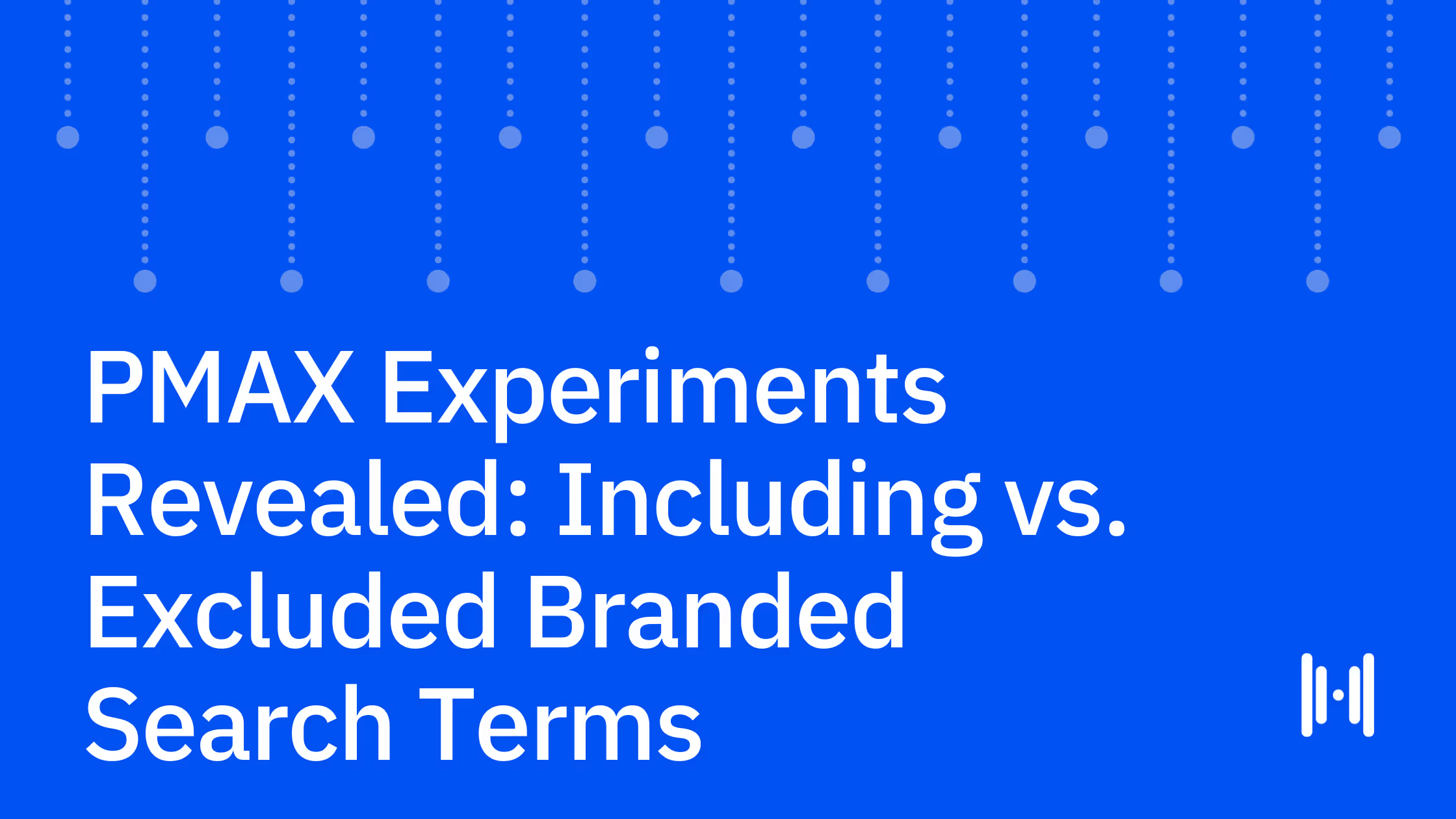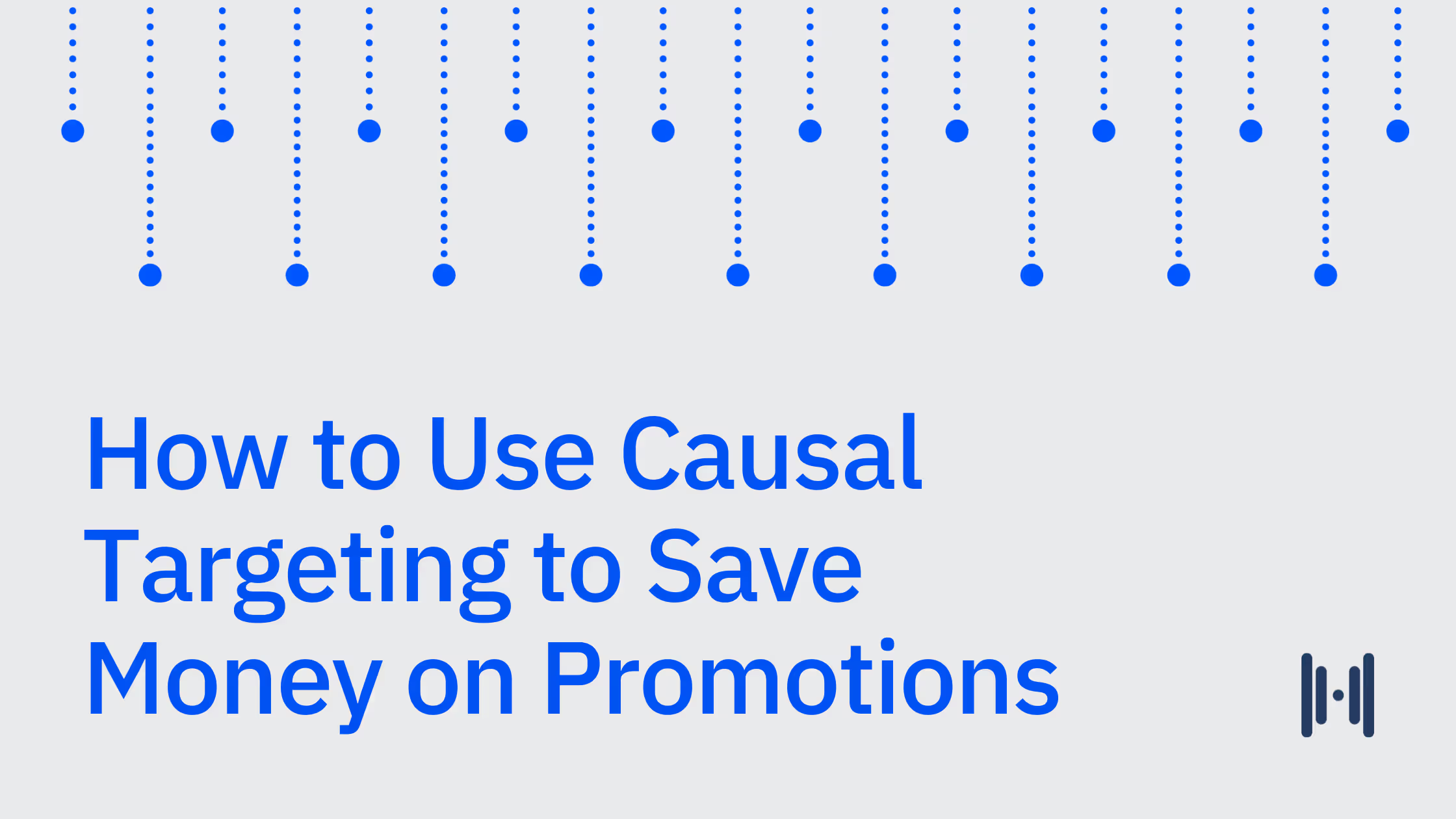
You’re standing in line at your favorite coffee shop when you overhear someone raving about a new energy drink. Curious, you make a mental note to try it. Later that day, while browsing a news app, you see an ad for that same drink. The next time you're at the store, you grab a can.
Did the ad influence your decision? Maybe. Or maybe it was that conversation in the coffee shop. But the ad platform will claim full credit—and the marketer behind the campaign will assume it worked.
This kind of ambiguity is exactly why more marketers are turning to geo experiments. Rather than relying on platform attribution or gut instinct, geo experiments use randomized, region-based testing to uncover the true causal impact of your campaigns. By comparing areas exposed to marketing against those that aren't, you get a clearer picture of what actually drives results.
In a world where privacy regulations are tightening and user-level data is harder to come by, geo experimentation offers a privacy-safe, scalable, and scientifically sound alternative to traditional measurement.
This guide will walk you through everything you need to know — what geo experiments are, how they work, what you can test, and how you can use them to drive improved business outcomes. Let’s dive in.
What are geo experiments?
In a geo experiment, markets across a specific country are randomly assigned to receive either the treatment (advertising on a specific channel) or the control (no advertising). Then you compare the outcomes in each set of markets according to your primary KPI (e.g. sales, signups, subscriptions, etc.).
This comparison helps you understand the true causal impact of your marketing campaign. After all, the control group gives you an answer to a key counterfactual: “What would happen if we didn’t run this campaign?”
For example, maybe you want to test if TikTok is an effective marketing channel for your company. You run a geo experiment where TikTok campaigns run in 80% of the country, while 20% of the country sees no TikTok ads. Then you compare revenue (your primary KPI) in both regions to understand the causal impact of TikTok on your business.
Why are geo experiments important?
As brands scale, your main growth drivers are a blend of paid media, organic reach, word of mouth, partnerships, and retail expansion. With millions spent across multiple channels, customer journeys grow complex — and so does attribution. At scale, it's harder to pinpoint what’s truly driving sales.
Attribution tools like multi-touch attribution (MTA) and traditional media mix modeling (MMM) often over-credit paid channels for conversions that might’ve occurred anyway, leading to misleading performance insights and poor budget decisions.
This creates two major risks: Cutting campaigns that quietly generate demand or overspending on inflated performers. For example, if you’re running YouTube ads during a period of organic growth, analytics might show little incremental lift. But those ads could still be driving results — just not in a trackable way.
Without geo experiments that measure incremental impact, you’re flying blind. The consequence? Misallocated spend that doesn’t actually grow your business.
When is it time to start running geo experiments?
Marketing leaders at fast-growing brands often ask us: How do I know when I’m ready to start running geo experiments? Generally, this is the profile of a brand that needs to start investing in geo experiments:
- You’re spending more than $1M/month on marketing tactics.
- You're running two or more significant paid channels — and you’re struggling to tell what's driving incremental sales.
- You’re not just marketing in multiple places but also selling in multiple places — for example, through Amazon, retail partners, or pop-ups.
- Maybe you’re hitting a growth plateau and struggling to find new audiences.
- You’re invested in tools based on correlational data, like MTA and Traditional MMM, which are beginning to come up short.
Reaching a point where incrementality gets hard to untangle isn’t a drawback—it’s a sign that your business is generating genuine organic demand. When organic traffic, paid campaigns, partnerships, PR, and word-of-mouth all kick in together, you can no longer isolate which channel is fueling growth — and that means it’s time to think seriously about geo experimentation.
Are there different kinds of geo experiments?
There are two main types of geo experiments at Haus:
- Standard Geo Tests: We randomly assign test/control regions across the whole country. This works best for national digital (Meta, Google, TikTok, Pinterest) or offline campaigns in which you can request to turn on and off media in certain regions.
- Fixed Geo Tests: You tell us which regions you plan to run media in (common for OOH or retail-focused campaigns). Then we build a synthetic control group using lookalike regions. Read our case study with Jones Road Beauty for an example of Fixed Geo Tests in action.
Either way, we’re designing the test to isolate lift — meaning the causal impact of your marketing.
What are some mistakes to avoid when running geo experiments?
Like any measurement practice, geo experiments come with their fair share of best practices and potential pitfalls. Here are some mistakes were see fairly regularly:
- Rushing experiments without clear goals: Skipping upfront planning and success criteria can yield misleading, imprecise results — and false confidence.
- Tweaking analysis post-hoc: Changing your analysis after seeing early data invites p-hacking and bias. Predefine methods to keep conclusions credible.
- Chasing vanity metrics: Prioritizing flashy KPIs (like CPC or lift %) over real business measures (incremental sales, CLV) misallocates budget when clicks don’t translate to value.
- Overvaluing statistical significance: Treating p < 0.05 as the only success metric ignores effect size and business impact—true decisions often require judgment beyond strict thresholds.
It doesn’t take a PhD in econometrics to figure out how to avoid these mistakes. Prioritizing upfront planning, tying geo experiments to actual business outcomes, and deciding on a clear decision framework are all valuable ways to get the most out of your geo testing practice.
How do you act on the results of a geo experiment?
Here are some moves teams commonly make after running a geo experiment and receive their results:
- Calibrate platform-reported performance: Major ad platforms are “grading their own homework” and tend to overcredit the amount of conversions they drive. Adjusting platform metrics based on geo experiment results can help you ensure you’re spending the right amount on each platform.
- Optimize spend level: Perhaps you run an incrementality test to chart the diminishing returns curve of spend on a certain channel. You might find you can cut down on spend without losing out on conversions.
- Prioritize what to scale (and what to kill): Maybe you run a new channel launch test that tells you TikTok is incremental for your business. You decide to scale that channel, while also pulling spend from one of your underperforming channels.
- Improve the results of your MMM: Geo experiments provide real world proof points that help you validate and refine MMM predictions. That way you can find your optimal media mix.
Of course, the best tests aren’t just simple one-offs. Sure, your testing roadmap might prioritize quick wins, giving you answers on long-standing hypotheses. But eventually you want to get in a rhythm where one test inspires the next one, and so on. We call it a culture of experimentation, and it makes a major difference for teams.
How do you analyze results from a geo experiment?
At the end of your test, we look at the difference in outcomes between test and control regions. The key metric is usually incremental lift — how much additional revenue, conversion, or acquisition was driven by the campaign. But you should also look at:
- Incremental cost per acquisition (iCPA)
- Incremental return on ad spend (iROAS)
- Confidence intervals and statistical significance
What features should you look for in a geo experimentation tool?
You want a testing partner that runs statistically sound, privacy-durable, and high-velocity geo-experiments Not all incrementality experiments are created equal — and you want to work with a partner that makes experimentation accurate, easy, and actionable. Look for:
- Advanced test design: Working with a partner that uses synthetic control methodology over matched markets is one big step toward greater accuracy. Offering table-stakes features like commuting zones and GeoFences are other ways to improve geographic precision and prevent spillover.
- Supports both digital and offline channels: If you’re selling in multiple places, you need a partner that will help you see the full, omnichannel impact of your marketing.
- Transparency: An experimentation partner should never be cagey about results or methodology. That’s why Haus puts power and precision (aka standard errors) front and center. And as Haus Measurement Strategy Lead Alyssa Francis says, “We’ll tell a customer if a result is noisy and calls for a retest. Because if our internal measurement strategy team doesn’t feel good about a result, why should a customer feel good about the result?”
Whether you’re trying to validate a new channel or recalibrate performance benchmarks, Haus’ GeoLift gives you a fast, reliable way to run geo experiments.
FAQs: Geo experiments, explained
What is a geo-experiment?
It’s an incrementality test that splits geographic regions into test and control groups to measure the causal impact of your marketing.
When should I use a geo experiment?
Here’s what companies in need of geo experimentation tend to look like:
- $1M+/month spent on marketing
- Running 2+ major paid channels; unclear incremental impact
- Marketing and selling across multiple channels (e.g. Amazon, retail, pop-ups)
- Growth plateau; struggling to reach new audiences
- Reliant on MTA/MMM tools based on correlation; performance lacking
What are some common mistakes to avoid in geo experimentation?
Pitfalls include rushing in without clear goals, adjusting analysis methods after seeing results, chasing vanity metrics like clicks, and relying too heavily on p-values. Best practices involve upfront planning, focusing on business outcomes, and interpreting results with statistical and strategic judgment.
How should teams act on the results of a geo experiment?
Results can help calibrate ad platform performance, optimize spend levels, and inform which channels to scale or cut. Geo experiments also enhance MMM models and build a culture of continuous testing — where each experiment informs the next, fostering smarter decision-making over time.
.png)
.png)
.png)
.avif)


.png)
.png)
.png)
.png)
.png)
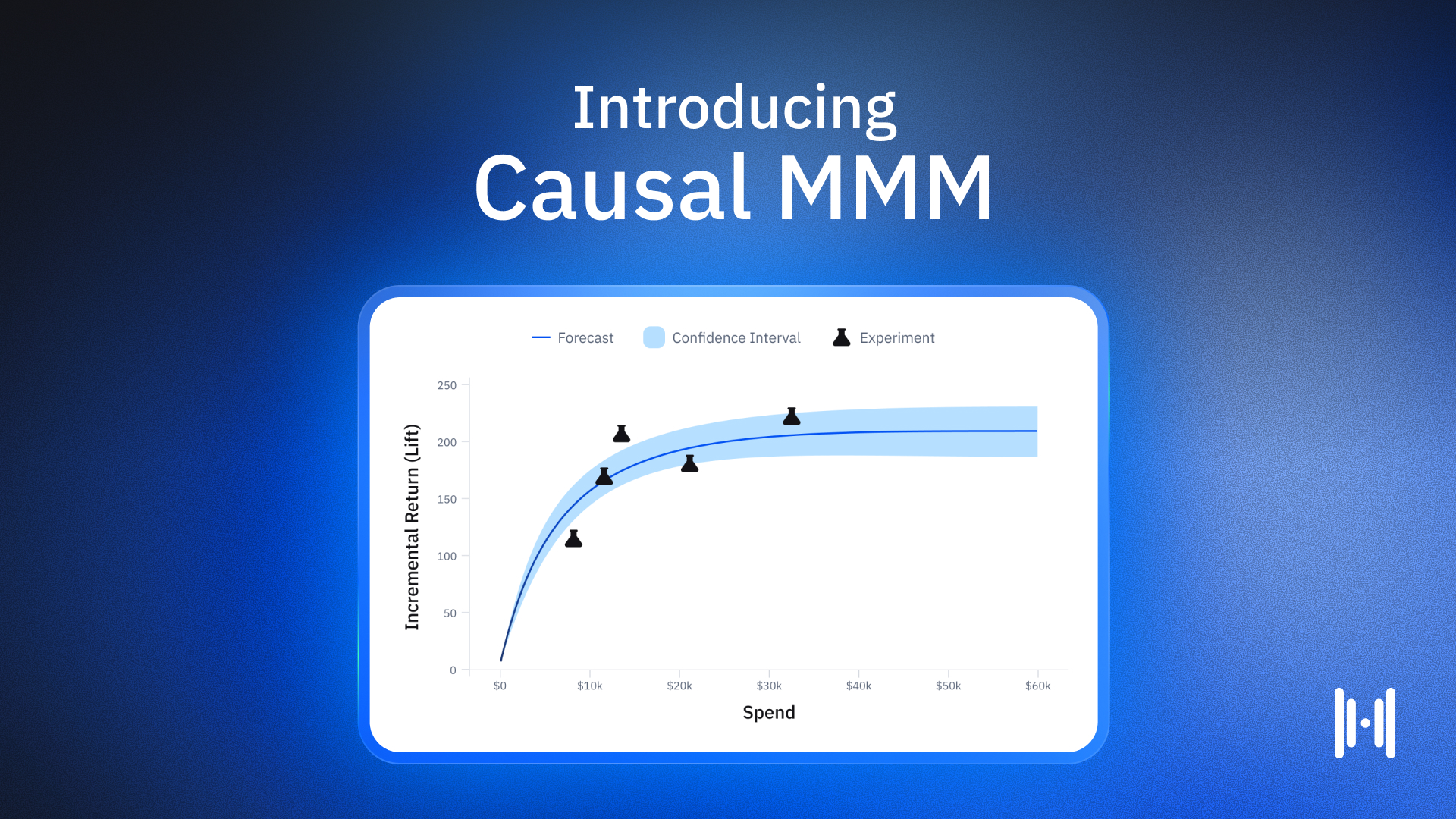
.avif)
.png)
.png)
.png)
.png)
.png)
.png)
.png)
.png)
.png)
.webp)
.webp)
.webp)
.webp)
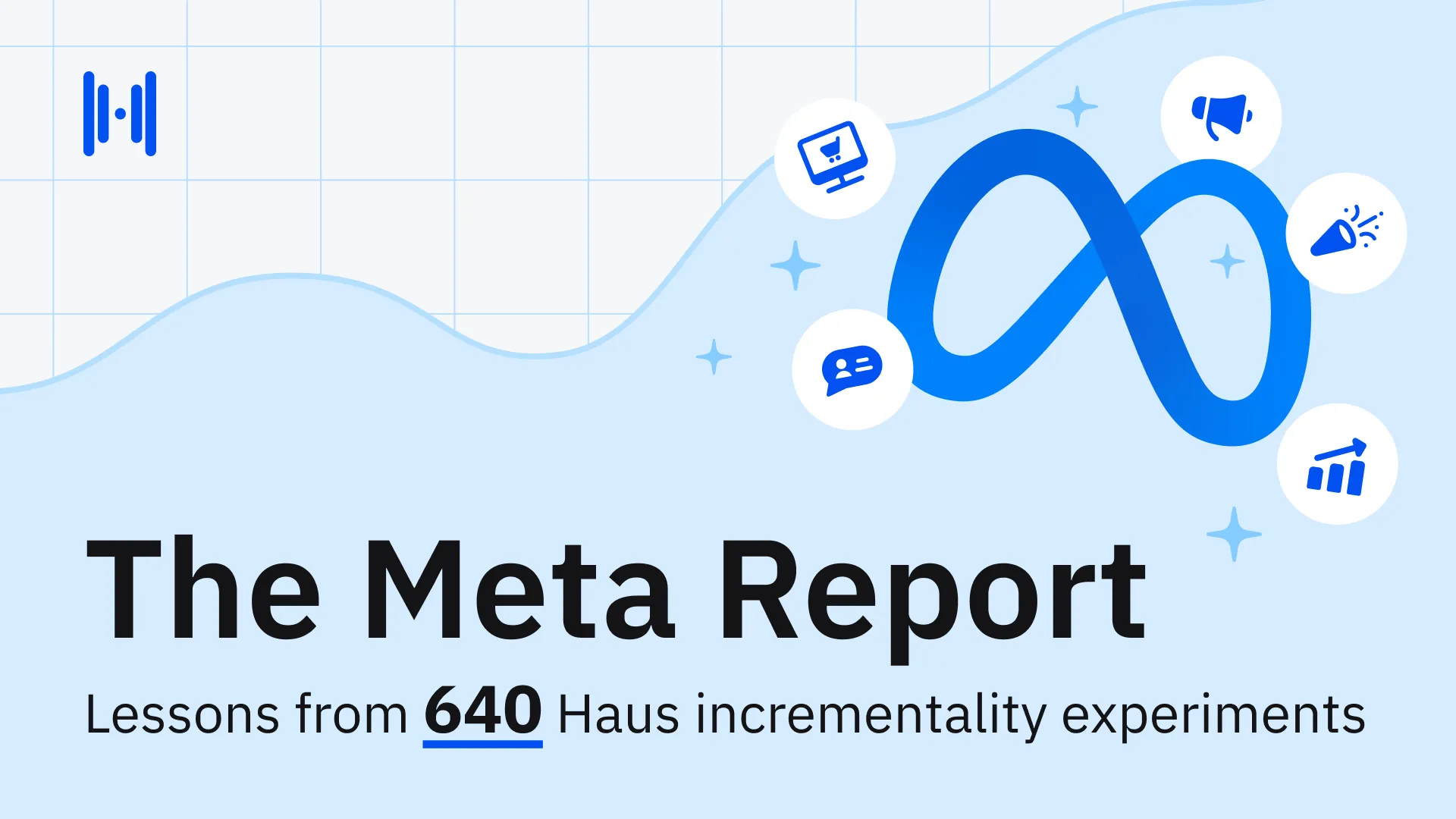
.webp)
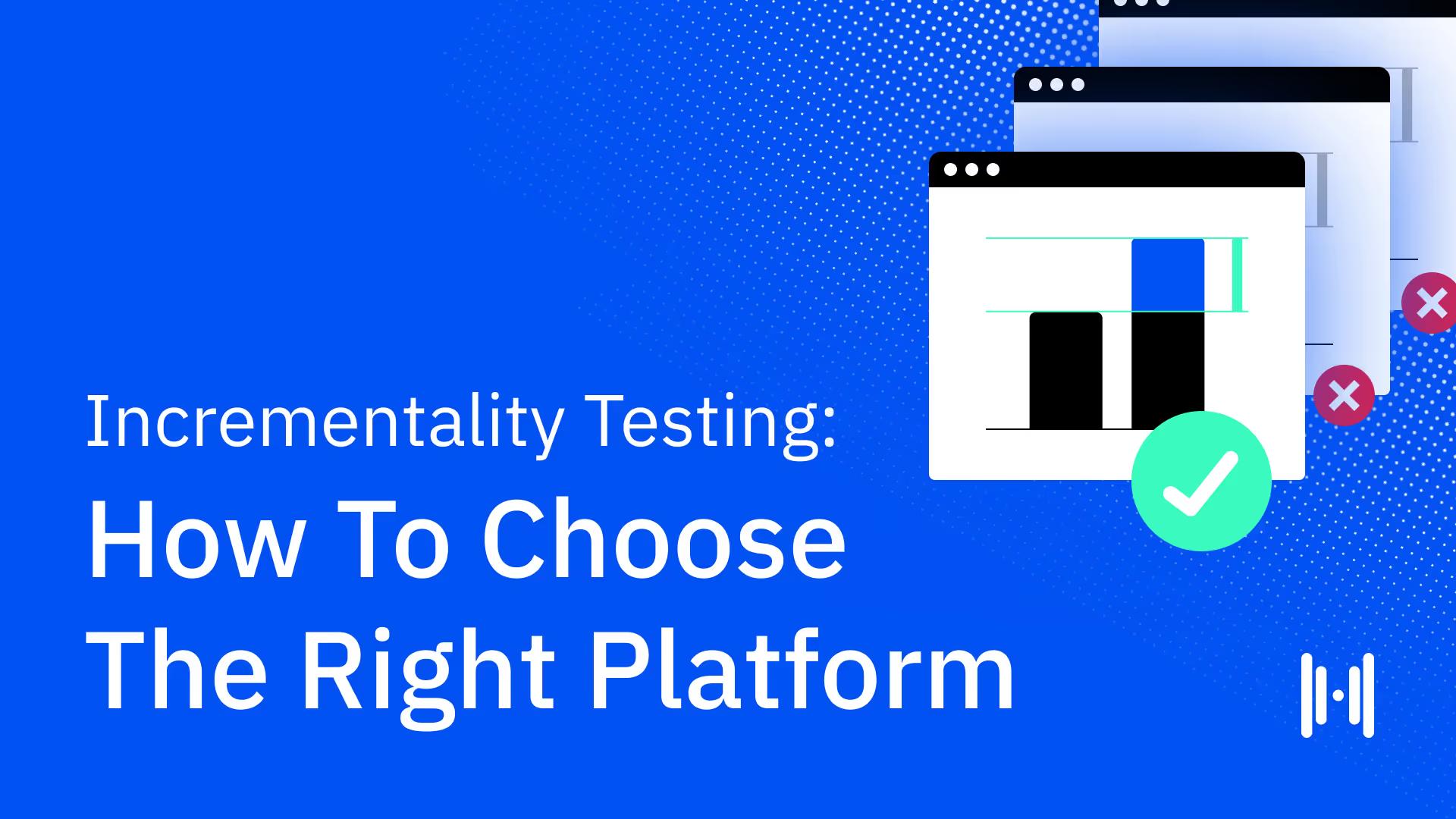
.webp)
.webp)
.webp)
.webp)
.webp)
.webp)
.webp)
.webp)
.webp)
.webp)

.webp)
.webp)
.webp)
.webp)
.webp)
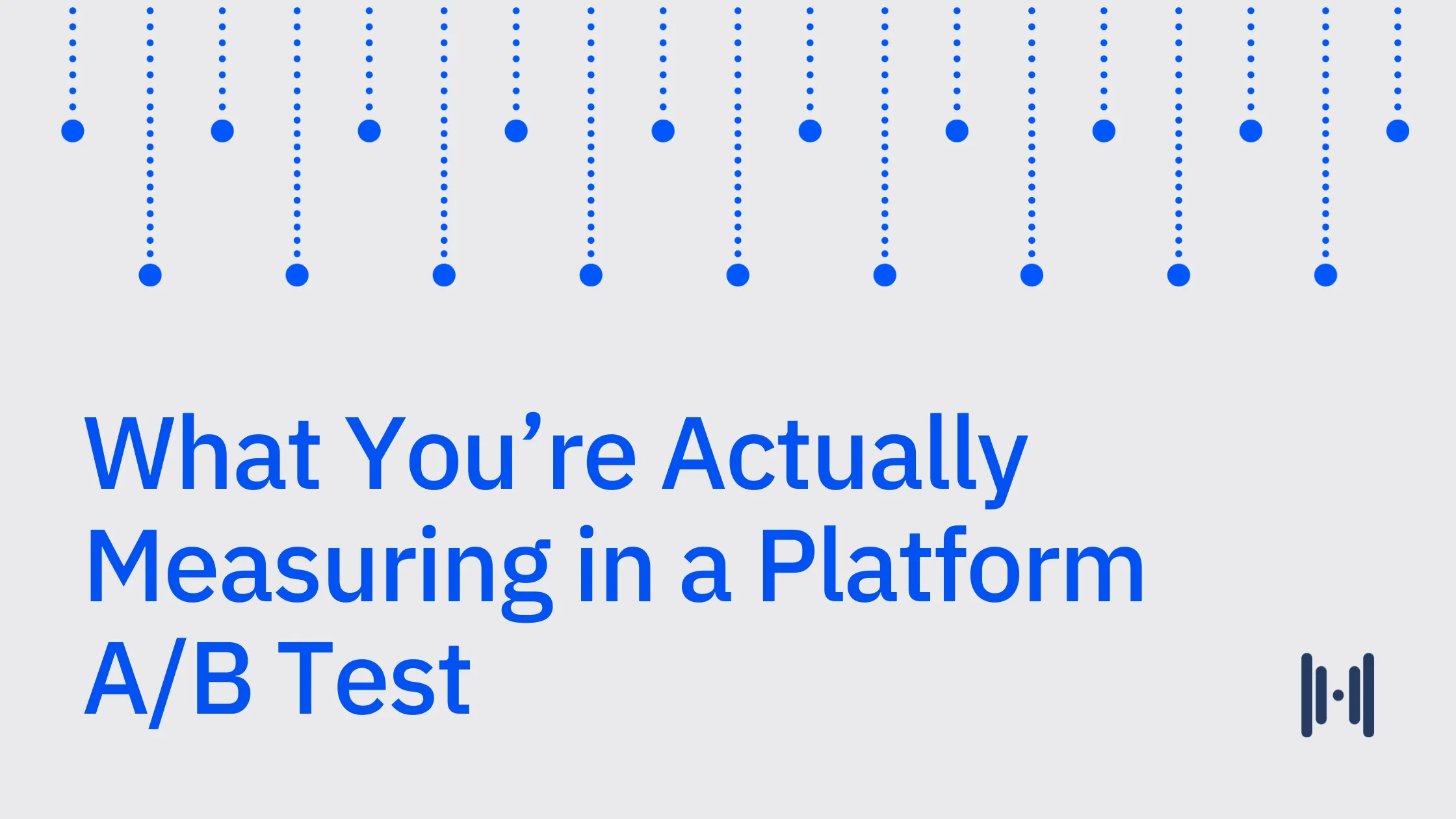
.webp)


.avif)
.avif)



.avif)
.avif)
.avif)

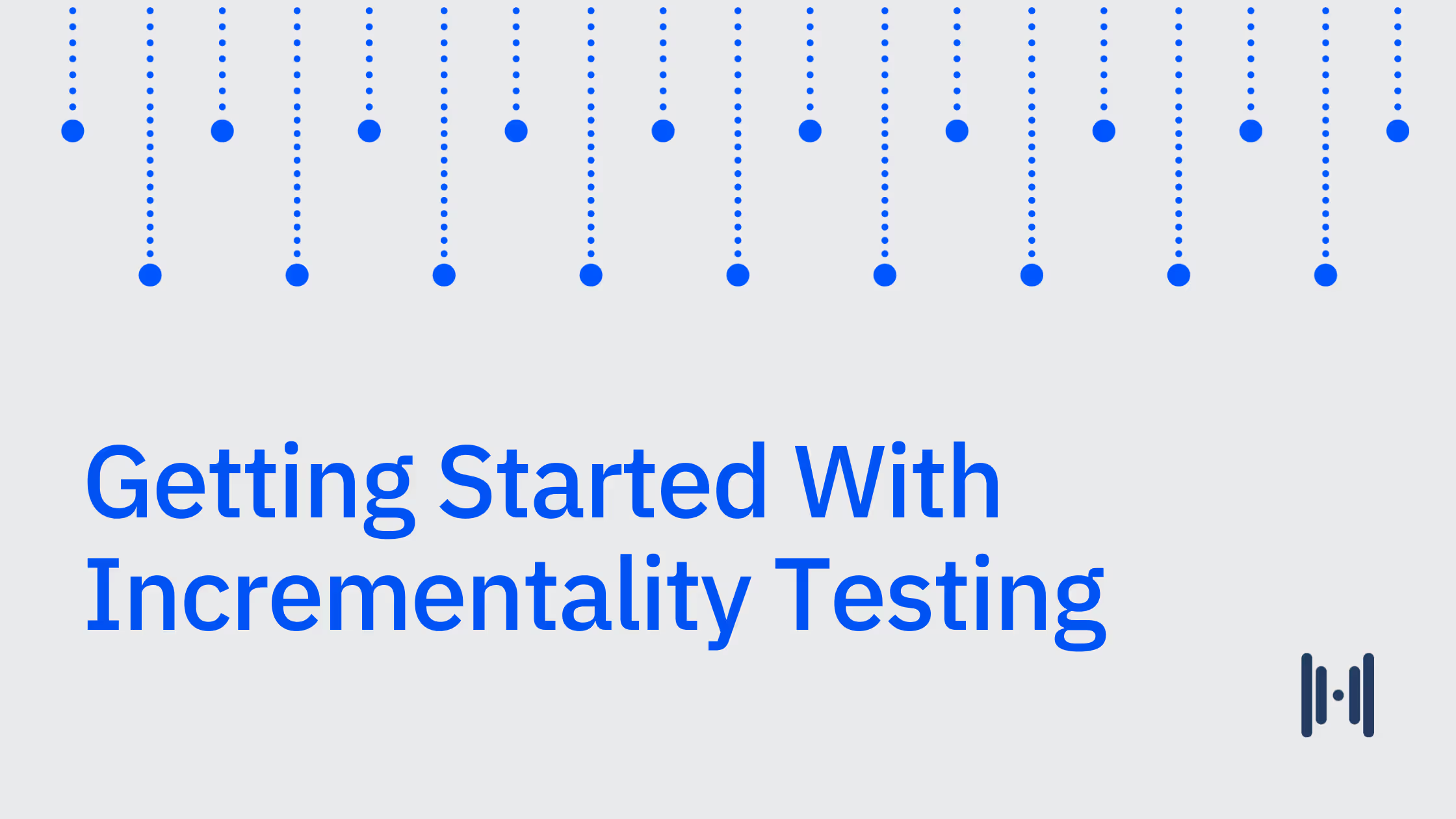
.avif)
.avif)
.avif)
.avif)
.avif)
.avif)




.png)
.avif)
.png)
.avif)
